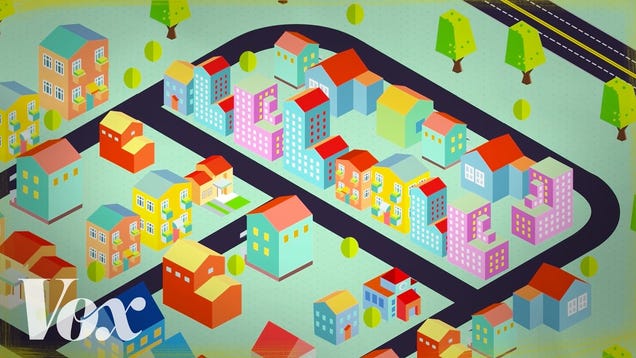
As you drive around a city, you’ll see streets, avenues, lanes, courts, parkways, and more types of roads than you can count. Turns out, those naming conventions aren’t just for kicks. They actually mean something.
In this video from the Vox YouTube channel, Phil Edwards gives the lowdown on what all those words means when it comes to transportation. Here’s a quick taste of what you’ll learn:
- Road (Rd.): Can be anything that connects two points. The most basic of the naming conventions.
- Way: A small side street off a road.
- Street (St.): A public way that has buildings on both sides of it. They run perpendicular to avenues.
- Avenue (Ave.): Also a public way that has buildings or trees on either side of it. They run perpendicular to streets.
- Boulevard (Blvd.): A very wide city street that has trees and vegetation on both sides of it. There’s also usually a median in the middle of boulevards.
- Lane (Ln.): A narrow road often found in a rural area. Basically, the opposite of a boulevard.
- Drive (Dr.): A long, winding road that has its route shaped by its environment, like a nearby lake or mountain.
- Terrace (Ter.): A street that follows the top of a slope.
- Place (Pl.): A road or street that has no throughway—or leads to a dead end.
- Court (Ct.): A road or street that ends in a circle or loop.
Knowing what each road type does can help you navigate almost any city a lot easier. You’ll have a better sense of direction and won’t have to rely on Google Maps as much. Not every city in the world follows these naming conventions exactly, but you’d be surprised how many do.
from Lifehacker, tips and downloads for getting things done http://lifehacker.com/the-difference-between-streets-boulevards-avenues-an-1789115850
